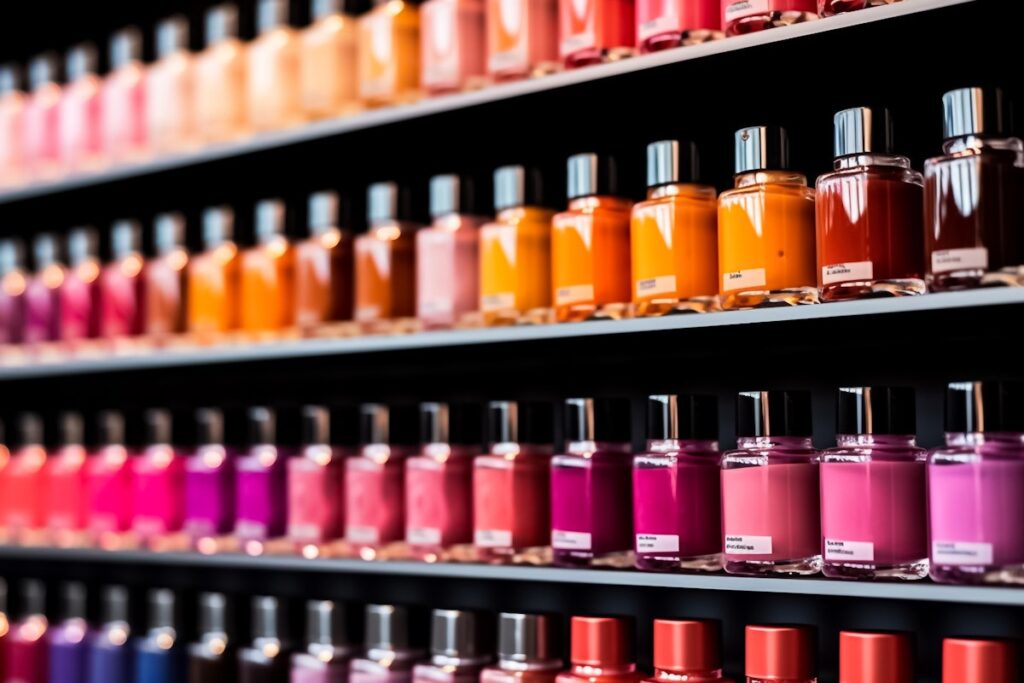Introduction
In today’s beauty industry, understanding the importance of cosmetic regulations is critical. The U.S. Food and Drug Administration (FDA) plays a key role in ensuring that nail care products marketed to consumers are safe and accurately labeled. This article provides an in-depth look at what constitutes misbranded and adulterated products, illuminating the potential dangers posed by these products to consumer health and wellness.
What Defines a Cosmetic?
The Federal Food, Drug, and Cosmetic Act of 1938 clearly outlines the definition of a cosmetic. According to this act, a cosmetic is any product, with the exception of soap, that is intended to be applied to the human body for the purposes of cleansing, beautifying, promoting attractiveness, or altering appearance. Importantly, cosmetics are not meant to affect the body’s physiological functions.
Historically, cosmetics have been viewed as nothing more than ‘hope in a jar or bottle.’ However, the rise of technology in the late 1990s led consumers to seek products that deliver on their promises, giving way to the emergence of ‘cosmeceuticals.’ It is essential to note that the FDA does not recognize ‘cosmeceuticals’ as cosmetics; any claims of physiological effects classify these products as drugs, subjecting them to stringent pharmaceutical regulations.
Myth vs. Fact: Are Cosmetics Regulated?
Many believe that the cosmetic industry is not regulated. However, this is a misconception. For nearly a century, the cosmetic sector has operated under the self-regulation afforded by the Federal Food, Drug, and Cosmetic Act of 1938. Despite the act’s limitations, which stemmed from the FDA’s constrained resources, it established guidelines for the industry.
What Defines a Misbranded Cosmetic?
According to the Federal Food, Drug, and Cosmetic Act, a cosmetic is considered misbranded if its labeling is false or misleading in any material way. For example, this can occur if:
- A critical fact—such as potential adverse effects from usage—is not disclosed.
- The label lacks essential information, such as the manufacturer’s details and net contents.
- Required information is not prominently displayed or is difficult to read under normal purchasing conditions.
- The container can mislead consumers about its contents.
Furthermore, the FDA stipulates that if a product’s safety has not been validated, it must carry the warning: “The safety of this product has not been determined” on its principal display panel. Effective substantiation of safety typically includes scientific evaluations on the ingredients and their combinations to ensure they pose no risk to consumers.
Prohibited Ingredients in Cosmetics
The FDA strictly regulates certain harmful ingredients in cosmetics. A notable example is methylene chloride, renowned for its carcinogenic properties in animals, raising serious health concerns for human use as well. The FDA has categorized products containing methylene chloride as adulterated, serving as a clear warning against its inclusion in nail cosmetics.
The Challenge of Noncompliance
Despite robust regulations, some companies continue to market noncompliant products. Recent independent lab analyses have uncovered the use of hazardous substances in cosmetics. For instance, one gel remover was found to contain methylene chloride, posing significant cancer risks, thereby being classified as both adulterated and misbranded.
An example of deceptive marketing was observed with an odorless polish remover that claimed to use only minerals and water but lacked an ingredient list. Testing revealed the presence of methanol and nitromethane—solvents banned in cosmetics—thus further proving its noncompliance.
What Beauty Professionals Can Do
Conclusion
In a market flooded with beauty products, ensuring that you choose safe and compliant options is of utmost importance. By understanding cosmetic regulations and remaining vigilant about product safety, we can help protect consumers and promote a healthier beauty industry.
About the Author
Vivian Valenty, Ph.D., is the founder and president of VB Cosmetics, creator of the Dazzle Dry nail care line. With over 33 years of experience in the professional nail industry and a doctorate in chemistry, she is a trusted authority on cosmetic safety and regulation.

